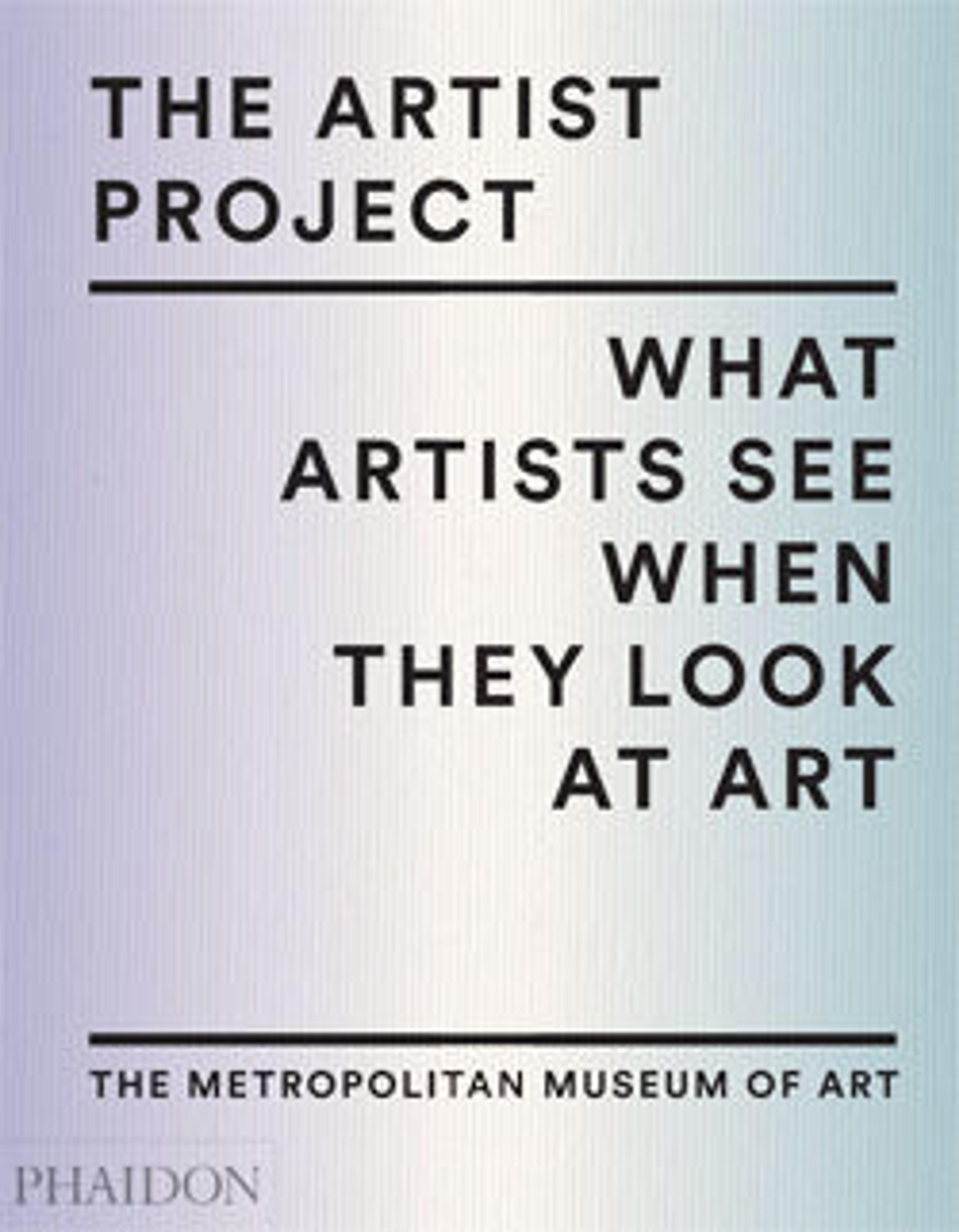Cylinder seal and modern impression: worshiper with an animal offering before a seated deity
Although engraved stones had been used as early as the seventh millennium B.C. to stamp impressions in clay, the invention in the fourth millennium B.C. of carved cylinders that could be rolled over clay allowed the development of more complex seal designs. These cylinder seals, first used in Mesopotamia, served as a mark of ownership or identification. Seals were either impressed on lumps of clay that were used to close jars, doors, and baskets, or they were rolled onto clay tablets that recorded information about commercial or legal transactions. The seals were often made of precious stones. Protective properties may have been ascribed to both the material itself and the carved designs. Seals are important to the study of ancient Near Eastern art because many examples survive from every period and can, therefore, help to define chronological phases. Often preserving imagery no longer extant in any other medium, they serve as a visual chronicle of style and iconography.
The modern impression of the seal is shown so that the entire design can be seen. This seal shows a seated deity wearing a horned headdress and holding a rod and ring. Before him, a worshipper stands, holding a horned animal. A star is in the field between them. To the left is a secondary scene divided into two registers: above, a lion stalks a horned animal; below, a worshipper stands before a deity who holds a staff. In the field surrounding them are a bird above a fish, a fly, and an animal with a long, bushy tail.
In three weeks of excavation at Surkh Dum, Erich Schmidt and the Holmes Expedition to Luristan uncovered a circular mud-brick structure with a platform in the center, perhaps a sanctuary or shrine. The building contained a wealth of objects of bronze, ivory, bone, faience, and ceramic, as well as about two hundred cylinder and stamp seals, most dating from the ninth to the eighth century B.C. Some of the objects, however, were heirlooms of considerably earlier date. In spite of its brevity, the excavation at Surkh Dum is important for having uncovered objects from a settlement site rather than from one of the cemeteries more commonly found in Luristan.
The modern impression of the seal is shown so that the entire design can be seen. This seal shows a seated deity wearing a horned headdress and holding a rod and ring. Before him, a worshipper stands, holding a horned animal. A star is in the field between them. To the left is a secondary scene divided into two registers: above, a lion stalks a horned animal; below, a worshipper stands before a deity who holds a staff. In the field surrounding them are a bird above a fish, a fly, and an animal with a long, bushy tail.
In three weeks of excavation at Surkh Dum, Erich Schmidt and the Holmes Expedition to Luristan uncovered a circular mud-brick structure with a platform in the center, perhaps a sanctuary or shrine. The building contained a wealth of objects of bronze, ivory, bone, faience, and ceramic, as well as about two hundred cylinder and stamp seals, most dating from the ninth to the eighth century B.C. Some of the objects, however, were heirlooms of considerably earlier date. In spite of its brevity, the excavation at Surkh Dum is important for having uncovered objects from a settlement site rather than from one of the cemeteries more commonly found in Luristan.
Artwork Details
- Title:Cylinder seal and modern impression: worshiper with an animal offering before a seated deity
- Period:Middle Elamite
- Date:ca. 1480–1450 BCE
- Geography:Iran, Luristan, Surkh Dum
- Culture:Elamite
- Medium:Apatite
- Dimensions:15/16 × 7/16 × 7/16 in. (2.4 × 1.2 × 1.2 cm)
- Credit Line:Rogers Fund, 1943
- Object Number:43.102.39
- Curatorial Department: Ancient West Asian Art
More Artwork
Research Resources
The Met provides unparalleled resources for research and welcomes an international community of students and scholars. The Met's Open Access API is where creators and researchers can connect to the The Met collection. Open Access data and public domain images are available for unrestricted commercial and noncommercial use without permission or fee.
To request images under copyright and other restrictions, please use this Image Request form.
Feedback
We continue to research and examine historical and cultural context for objects in The Met collection. If you have comments or questions about this object record, please contact us using the form below. The Museum looks forward to receiving your comments.
